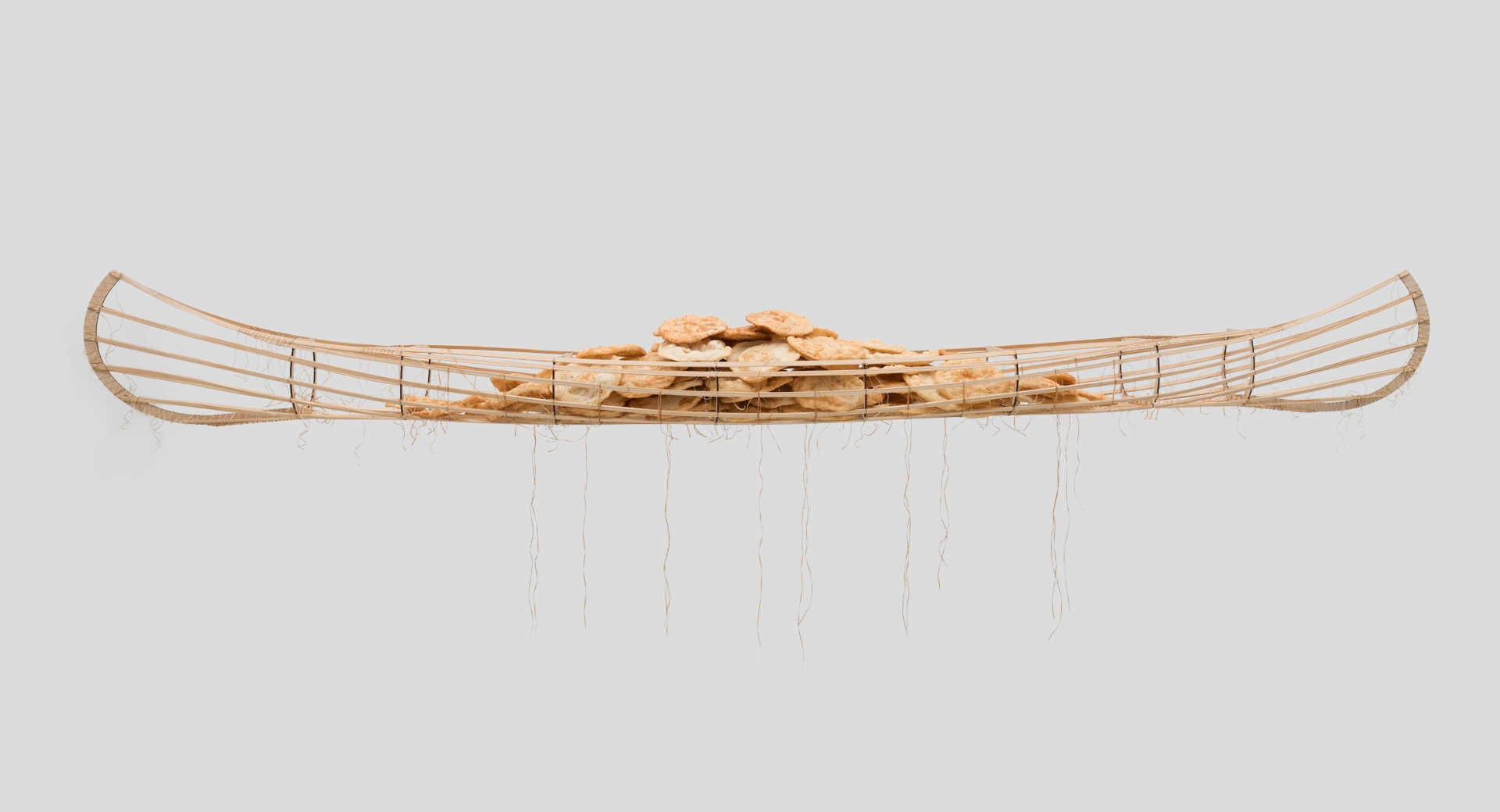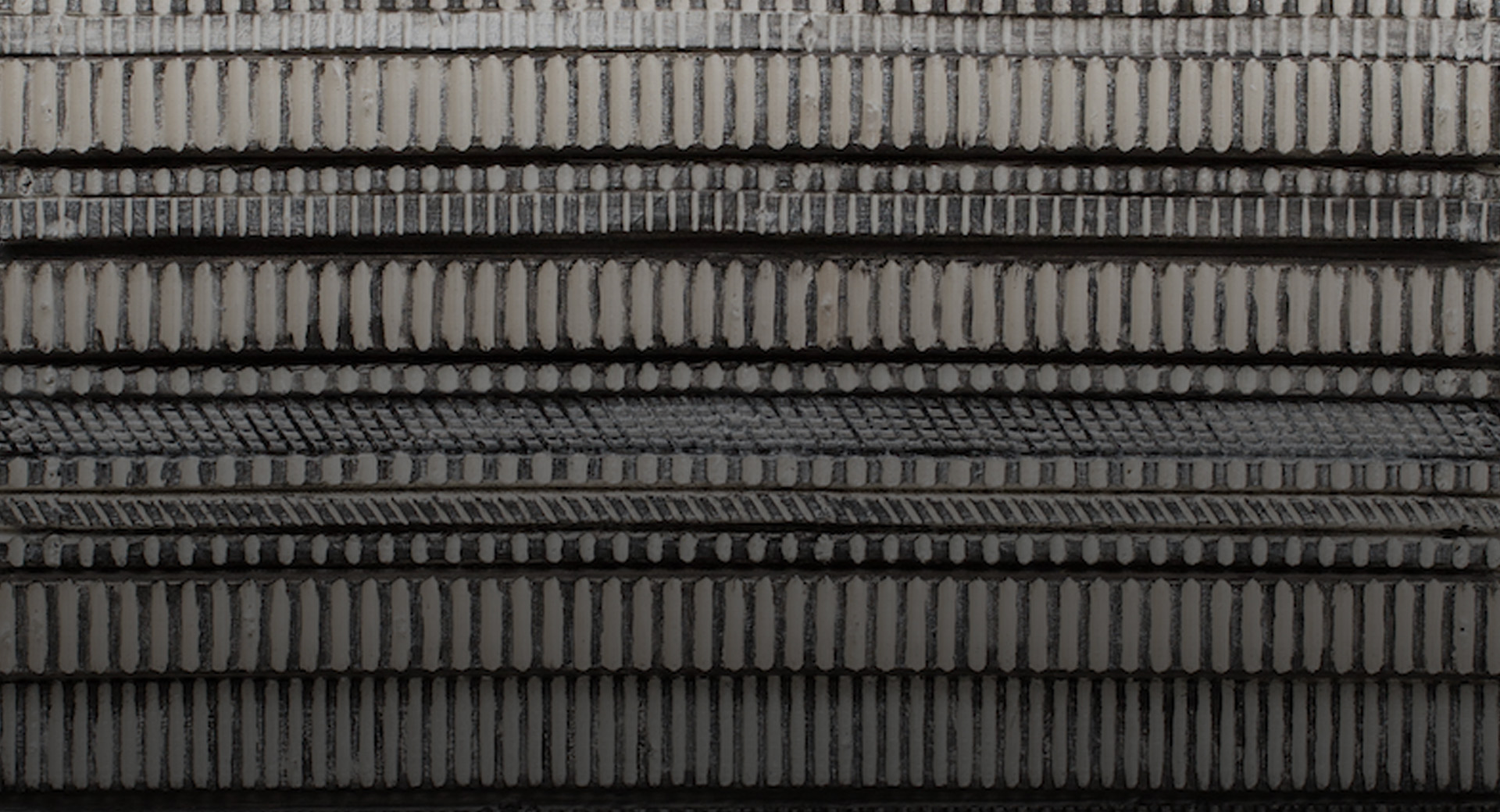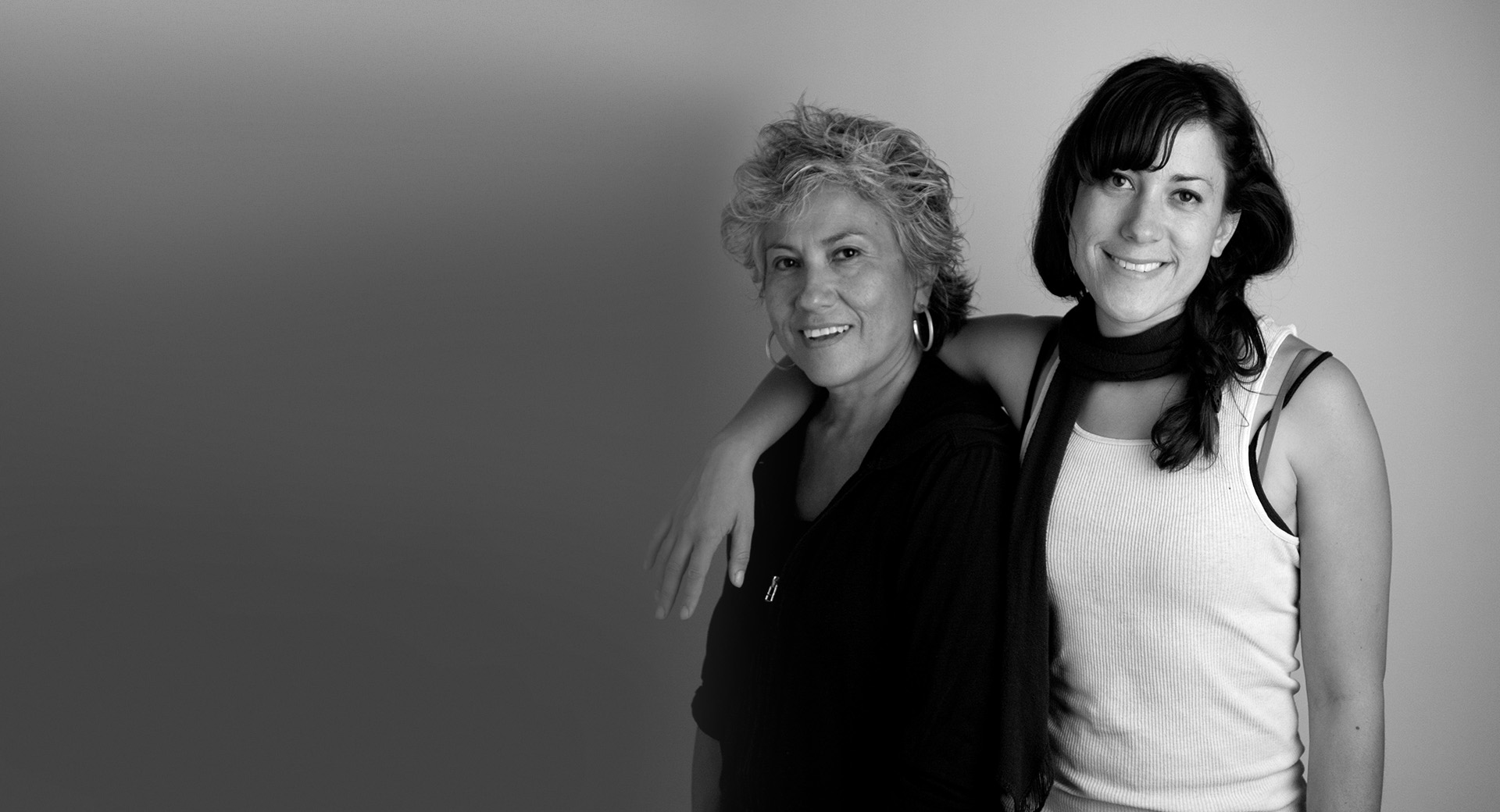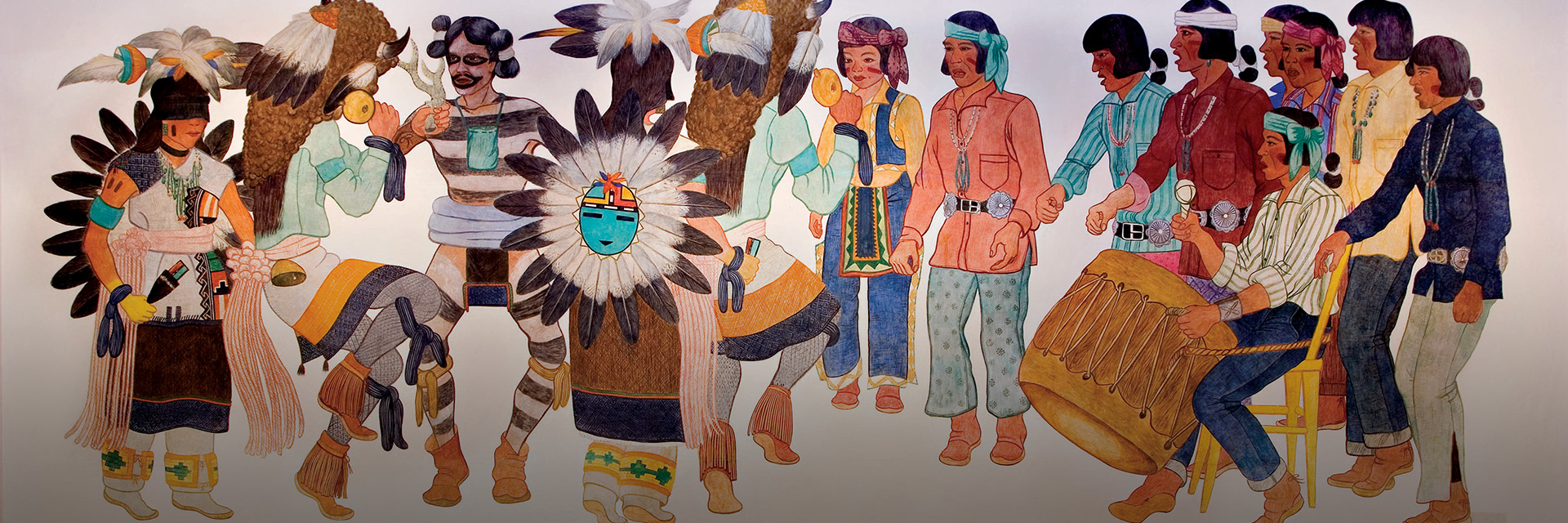Diana Pardue: Throughout your career, you have been an advocate for other artists and particularly young artists. What advice would you offer artists who are just beginning a career?

Jaune Quick-to-See Smith: Often, I tell young artists who have the mistaken belief that they can leave grad school, be discovered and make lots of money, that is not how this works or rarely does it work that way. First you need a job to support your habit. My art is my drug of choice or my habit, it keeps me balanced and centered even when I’m not sure about what I’m doing or struggling with a print. It’s important to keep making your art.Even if you’re not in the mood some days, cleaning brushes or switching medias will keep you engaged in your zone. If you area true artist, meaning that you were born with “The Gift,” then you need to be engaged with your art in some way or many believe, including me, you might not feel well. Writing or drawing in a notebook or a sketchbook, doing watercolors, writing poetry or noodling with clay figures, or walking and making cell phone photos of clouds will keep your creative juices moving. It’s also important for you to have a community that’s engaged with art. When you are young, it is easy to drift away; you have to work at staying tethered to your art. Your community is part of the glue that stabilizes your focus. It’s your support system. As Louise Bourgeois said, in part, “Art is a life, it is what you do through breakups and breakdowns and when you can’t sleep at night.” You may have to work in a gallery, sell Hondas, tend bar or give tango lessons to support your habit. Our art keeps us balanced through a meditative process. We offer goodness to the world vs. all that goes on in the news. We give inspiration through music, dance, paint and creative ideas that might be attached to science, medicine and engineering as well as the environment. We artists are flexible, change and move with the times. We artists make the world a better place. We artists bring joy, curiosity, profound thoughts, political and intellectual ideas, a startling and unique view to the world.
DP: Your work has been included in 650 group exhibitions and 125 one-person shows. Which is the most memorable exhibition experience for you?
JQTSS: I can’t say that any one exhibit gave me a singular memorable art experience. Often they are like a blur, many people, many conversations at an opening. But I will say that to see my work hung in a room is like seeing old friends that I will never see again, so there’s nostalgia and emotion always connected to an exhibition. However, printmaking workshops or visiting artist gigs have left me with indelible memories. One in particular was at a small museum in Indiana where they bussed students every two hours to do monoprinting with me. One young man, maybe a junior in high school, asked if he could talk to me in private, so I stepped away from the class to a corner and he shared with me that that was the best day he had had in three months. I have no idea whether his parents split up, his grandmother was sick or his dog died. He didn’t tell me. But I was very aware that it had only been a week after the Columbine shootings with troubled teenagers. Those few moments have been seared into my memory. There are others too, but this truly lets me know the power of art and why I feel the importance of handing out an art experience like it’s a gift—I never know who is on the receiving end, and it could be someone who needs it like that young man. I have other stories about participants’ emotional response to my workshops and what that two hours meant to them. Perhaps the best way to phrase it is to say they were moved in a spiritual way, like meditative prayerfulness. Native peoples talk about this as an aspect of making their work.
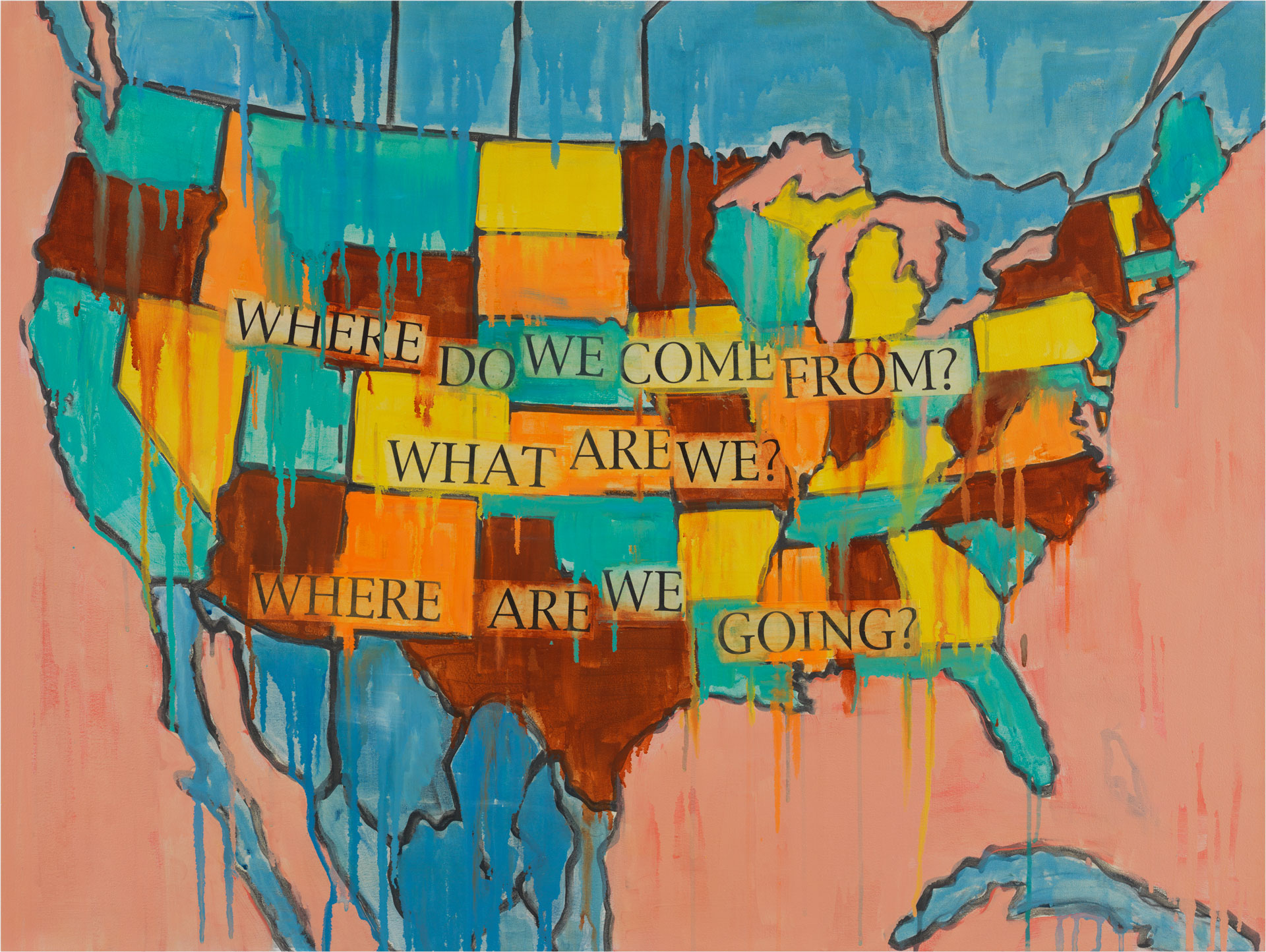
DP: As an artist with a more than 50-year career, what person or event has had the greatest impact on your work?
JQTSS: I could say my father for not giving me up for adoption after my mother left us. His influence was deeply important. I could also say that my husband, my partner, who has supported the chaotic life of an adventurous artist, has been the stability I needed to keep moving forward. Then there is my son Neal Ambrose-Smith, who has continued to give me a helping hand in the studio, with my computer technology, printing for me, and as I age, we have switched roles, for he has become my teacher. I could also say that Fritz Scholder’s encouragement and introduction to Marilyn Butler was a great send-off into the life of an artist.I could say that Bill Benton of the Clark Benton Gallery in Santa Fe, choosing my work from the back of Navajo artist Larry Emerson’s pickup truck amongst all the other artists whose work we carried that day, was serendipitously a remarkable start in Santa Fe. Benton’s artists were RoyDeForest, Joe Brainard, Susan Rothenberg, Pat Steir and others. I could say that Lise Hoshour inAlbuquerque, finding my work in a grad school exhibit and inviting me to participate in her gallery with John Knight, Betty Parsons, Esteban Vicente, Robert Therrien and Daniel Buren, opened a door into the New York art world and set me on a path that continues today. I could keep going with this thread—the point is that no one carries on alone, there are very important people who assist along the way. I made a partial list and share it with audiences when I speak, and there are other names such as Arlene Lew Allen, Susan Crile, Jules Pfeiffer, Miriam Schapiro, Lowery Sims, Marge Devon, Howardena Pindell and many more, some illustrious and some not so, but who appeared at the right time to give a helping hand or a word of encouragement that let me know, yes, I need to keep making my art.
Trade Canoe: Fry Bread, 2018
Collaboration between Jaune Quick-to-See Smith (Confederated Salish and Kootenai NationMT) and Neal Ambrose-Smith (Confederated Salish and Kootenai Nation MT) Frybread by Delight Talawepi (Hopi.)
The U.S. Government sent Trade Canoes up river to our reservation, the Confederated Salishand Kootenai Nation in Western Montana, with smallpox-infected blankets, wormy beef, moldy flour and whiskey laced with lead. The U.S. Government was operating under a planned genocide to rid itself of “The Indian Problem,” as they referred to our families. The artist and professor Neal Ambrose-Smith and I made this canoe sculpture to symbolically mitigate problems our country has today in dealing with the Indian problem.
When the Trade Canoes came upriver with moldy flour, eventually the tribes figured out how to use it by making frybread with it. That bread has become a standard throughout Indian Country, though it’s not so healthy because it is deep-fried in lard and eventually leads to diabetes and heart disease. Our friend Steven Deo (Yuchee Creek) used to talk about how unhealthy frybread is. We were remembering Steven when we made this canoe. So we’re offering to trade the frybread back.
